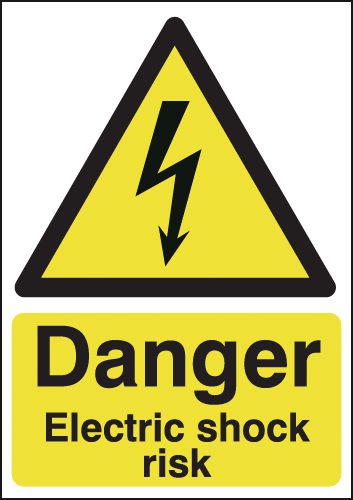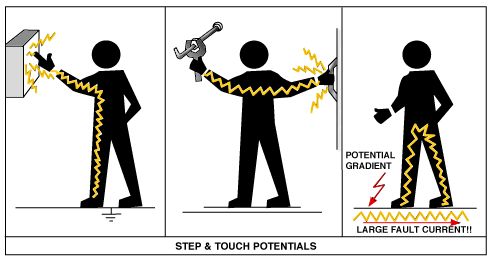Hazard of Pneumatic Tools

Pneumatic tools are powered by compressed air and include chippers, drills, hammers, and sanders.
There are several dangers associated with the use of pneumatic tools. First and foremost is the danger of getting hit by one of the tool's attachments or by some kind of fastener the worker is using with the tool.
Pneumatic tools must be checked to see that the tools are fastened securely to the air hose to prevent them from becoming disconnected.
A short wire or positive locking device attaching the air hose to the tool must also be used and will serve as an added safeguard.
If an air hose is more than 12.7 millimeters in diameter, a safety excess flow valve must be installed at the source of the air supply to reduce pressure in case of hose failure.
In general, the same precautions should be taken with an air hose that are recommended for electric cords, because the hose is subject to the same kind of damage or accidental striking, and because it also presents tripping hazards.
When using pneumatic tools, a safety clip or retainer must be installed to prevent attachments such as chisels on a chipping hammer from being ejected during tool operation.
Pneumatic tools that shoot nails, rivets, staples, or similar fasteners and operate at pressures more than 6,890 kPa, must be equipped with a special device to keep fasteners from being ejected, unless the muzzle is pressed against the work surface.
Airless spray guns that atomize paints and fluids at pressures of 6,890 kPa or more must be equipped with automatic or visible manual safety devices that will prevent pulling the trigger until the safety device is manually released.
Eye protection is required, and head and face protection is recommended for employees working with pneumatic tools.
Screens must also be set up to protect nearby workers from being struck by flying fragments around chippers, riveting guns, staplers, or air drills.
Compressed air guns should never be pointed toward anyone. Workers should never "dead-end" them against themselves or anyone else. A chip guard must be used when compressed air is used for cleaning.
Use of heavy jackhammers can cause fatigue and strains. Heavy rubber grips reduce these effects by providing a secure handhold.
Workers operating a jackhammer must wear safety glasses and safety shoes that protect them against injury if the jackhammer slips or falls.
A face shield also should be used. Noise is another hazard associated with pneumatic tools. Working with noisy tools such as jackhammers requires proper, effective use of appropriate hearing protection.



